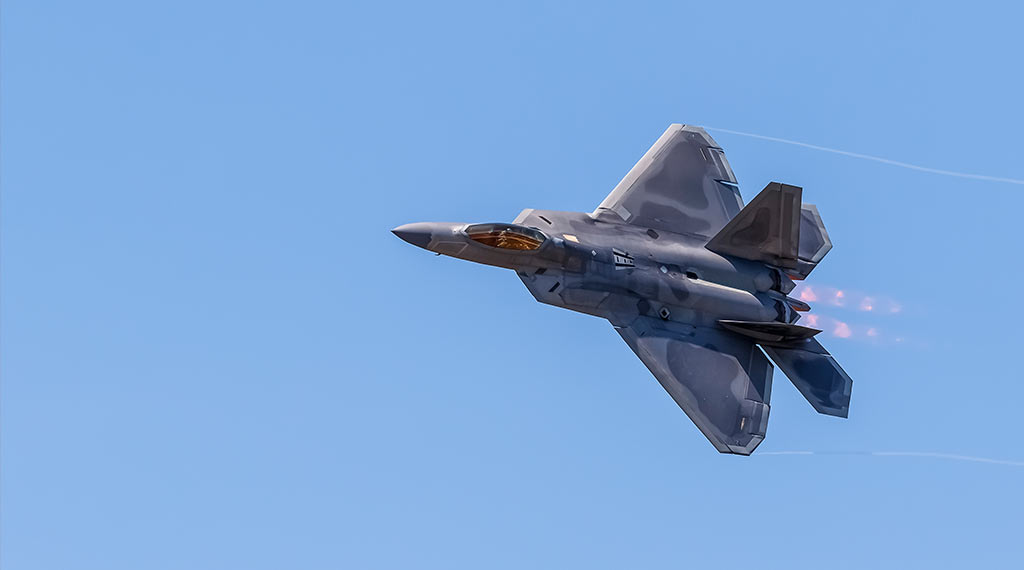
Since Hamas carried out its barbaric massacre against the Jewish state more than two months ago, Israel has prioritized the obliteration of the Gaza-based terror group. Israel’s Defense Forces (IDF) initially carried out frequent aerial bombardments over the enclave in order to wipe out Hamas terrorists, weapons depots, and other facilities.
Latest posts by Maya Carlin (see all)
- Israel’s $2 Iron Beam Laser Could Disrupt Missile Warfare - December 23, 2025
- US Stands Up New Drone Strike Force in the Middle East - December 9, 2025
- Has Russia Finally Sold its Su-35s to Iran? - December 2, 2025
